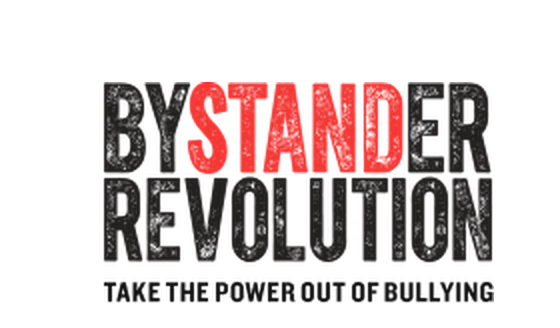Bullying is a very serious topic that is constantly happening everyday at schools and many kids/teenagers are being hurt because of this and some even trying to commit suicide.
Source:
https://sites.google.com/a/greengates.edu.mx/speak-up/home/ncr
Types of bullying for example:
Physical
Physical bullying is when someone is fighting, hitting or name calling.
Verbal
Verbal bullying is when you are teasing, name calling, inappropriate sexual comments, taunting, and threatening to cause harm.
Emotional-social interactions
Emotional-social interaction bullying is when somebody is gossiping or leaving people out of things.
Internet(cyber bullying).
Internet bullying (cyber bullying) is when somebody is sending you bad messages or bad things through texts or online.
Kids more likely to get bullied
Lots of kids miss school or skip it because of the fear of being bullied.Kids/group of people who are gay, lesbian, bisexual, transgender youth, or youth with disabilities have a greater chance of being bullied.
Characteristics a bully might have
-easily frustrated and aggressive
-have less parental involvement or have issues at home
-think badly of others -have difficulties following rules
-view violence in a positive way and -have friend who bully others.
How to prevent bullying
Parents, school staff, and adults in the community can help by talking about it, building a safe school environment and creating a community-wide bullying prevention strategy.
How to respond to bullying
Stop bullying on the spot is when adults respond quickly and consistently to bullying behavior, they send the message that it is not acceptable. Find out what happened in the situation and find the best way to proceed. Support the kids who are involved whether they are being bullied, bully others or see bullying. Be more than a bystander.
What can bullying lead to
-depression
-anxiety
-sadness
-loneliness
-health complaints
-decrease in academic achievement
-likely to miss, skip or drop out of school
-changes in sleep and eating
Resources:
http://www.stopbullying.gov/respond/index.html
http://en.wikipedia.org/wiki/Bullying
Source:
https://sites.google.com/a/greengates.edu.mx/speak-up/home/ncr
Types of bullying for example:
Physical
Physical bullying is when someone is fighting, hitting or name calling.
Verbal
Verbal bullying is when you are teasing, name calling, inappropriate sexual comments, taunting, and threatening to cause harm.
Emotional-social interactions
Emotional-social interaction bullying is when somebody is gossiping or leaving people out of things.
Internet(cyber bullying).
Internet bullying (cyber bullying) is when somebody is sending you bad messages or bad things through texts or online.
Kids more likely to get bullied
Lots of kids miss school or skip it because of the fear of being bullied.Kids/group of people who are gay, lesbian, bisexual, transgender youth, or youth with disabilities have a greater chance of being bullied.
Characteristics a bully might have
-easily frustrated and aggressive
-have less parental involvement or have issues at home
-think badly of others -have difficulties following rules
-view violence in a positive way and -have friend who bully others.
How to prevent bullying
Parents, school staff, and adults in the community can help by talking about it, building a safe school environment and creating a community-wide bullying prevention strategy.
How to respond to bullying
Stop bullying on the spot is when adults respond quickly and consistently to bullying behavior, they send the message that it is not acceptable. Find out what happened in the situation and find the best way to proceed. Support the kids who are involved whether they are being bullied, bully others or see bullying. Be more than a bystander.
What can bullying lead to
-depression
-anxiety
-sadness
-loneliness
-health complaints
-decrease in academic achievement
-likely to miss, skip or drop out of school
-changes in sleep and eating
Resources:
http://www.stopbullying.gov/respond/index.html
http://en.wikipedia.org/wiki/Bullying









No comments:
Post a Comment